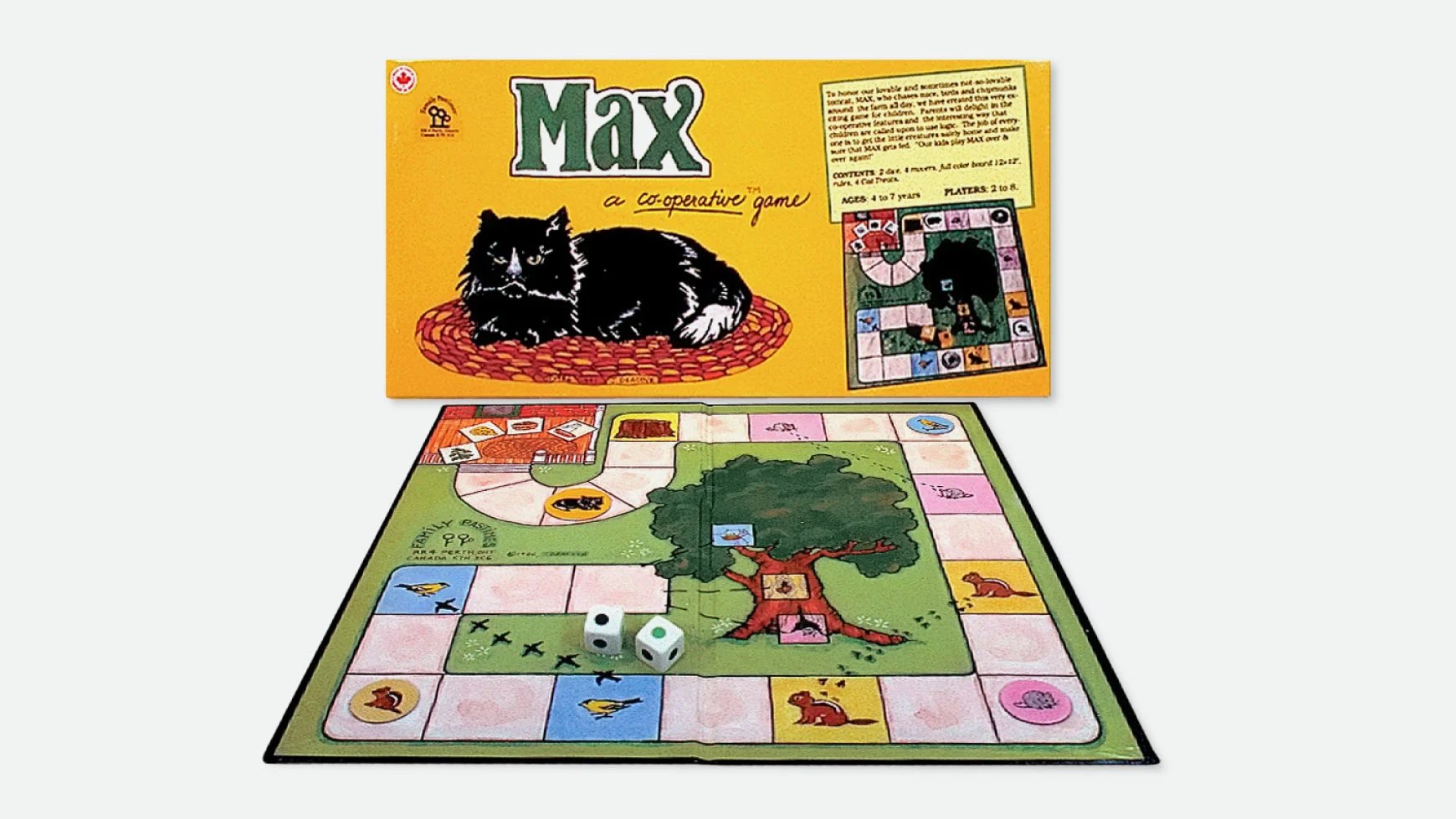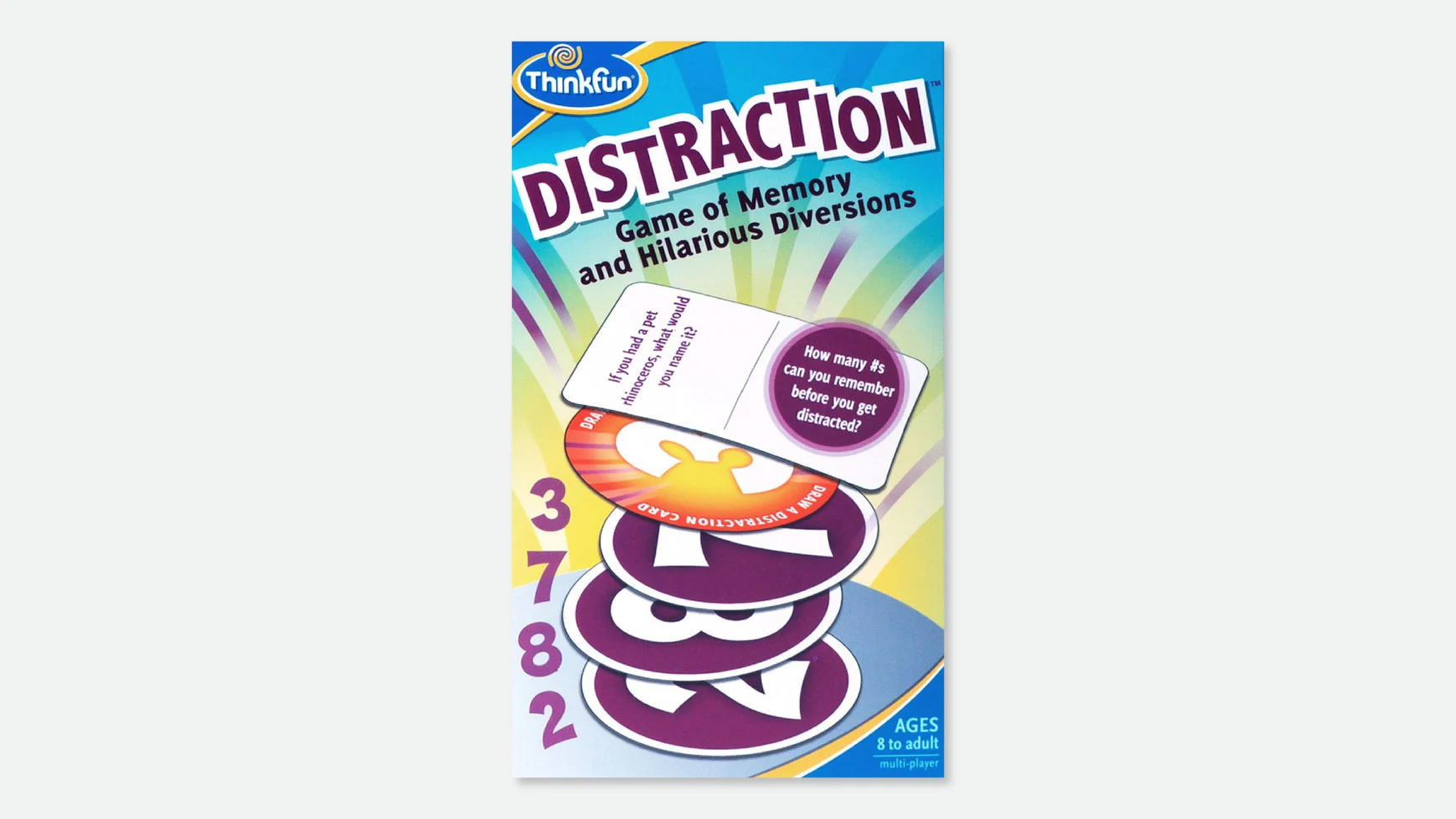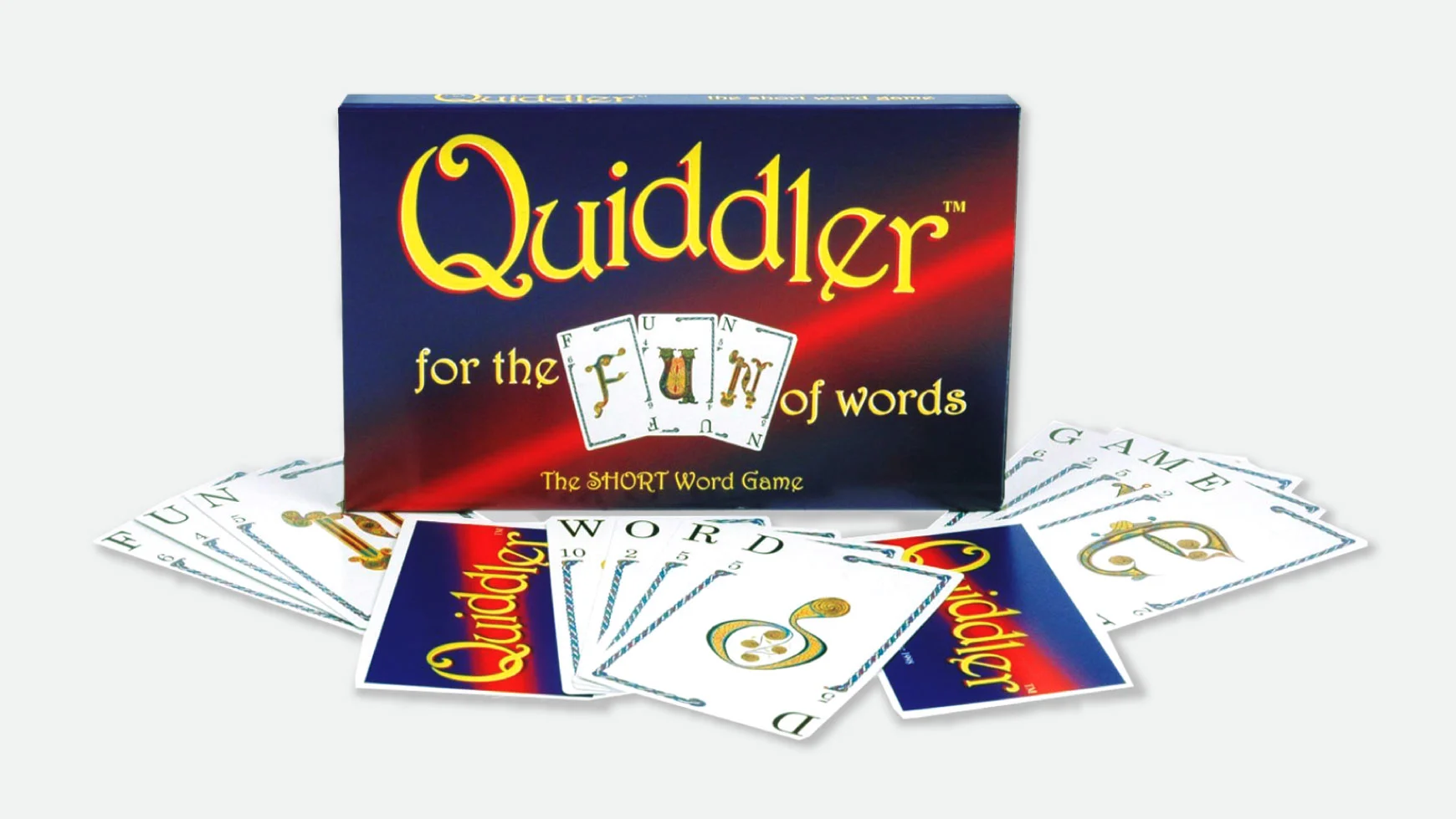8 fun games that can improve your child’s executive function skills
Board games require players to follow directions, take turns, and plan strategies — three skills that may be tough for kids with . But the following games are easy to learn and understand. Better still, when you point out how the skills being used in each game connect to everyday situations, you’ll actually be helping kids improve their key executive function skills.

Max (the cat)
Ages: 4–7
Executive function skills: Emotional control; planning and prioritizing; flexible thinking
Max (the cat) is a “cooperative game.” Players work together to safely get a bird, a chipmunk, and a mouse back home before hungry Max the cat pounces on them. Kids roll the dice to determine how the critters move on the board. So they have to adjust to the unexpected. But as a team, the players can divide the number of moves among the different critters. Next time your child gets upset over a change in weekend plans, give a gentle reminder about how it helps to be flexible, just like when your child plays Max.
Jenga
Ages: 8 and up
Executive function skills: Self-monitoring; flexible thinking; impulse control
There are lots of new versions of this classic build-and-topple game. But all of them require players to ask the same challenging questions. “What will happen if I remove this block from this tower? Will this whole structure wobble if I take away this one? How will pulling it out quickly affect the stack?” Jenga asks players to be aware and in control of their actions, and those are great skills for kids to hone. But it may be a frustrating game for kids who have challenges with motor skills, so choose accordingly.

Distraction
Ages: 8 and up
Executive function skills: Working memory; flexible thinking
This tricky game tries to trip players up in wacky ways. The players go around one at a time, taking cards from a pile. The cards all have numbers on them. Each time a player draws a new card, they have to recite all the previous numbers, plus a new one. If the player pulls a Distraction Card, they have to answer a question (“Would you rather kiss a jellyfish or step on a crab?”) before they repeat the number sequence. Kids won’t even realize they’re working on their recall skills.

MindTrap
Ages: 12 and up
Executive function skill: Flexible thinking
If your tween or teen likes riddles or word problems, MindTrap may be a great fit. Each card encourages players to think critically about a puzzling question. For instance: “Q: Bob went for a walk without bringing his raincoat or hat or umbrella. How did his hair not get wet?” The answer? “It wasn’t raining.” No trivia questions here — just tricky riddles. Kids can play individually or in teams, making this a great addition to the classroom or for family game night.

AnimaLogic
Ages: 5 and up
Executive function skills: Planning and prioritizing; flexible thinking; organization
In this animal-theme game, lions, hippos, giraffes, and camels need to cross the bridge over the river. The trick is, they can only go in a certain order. Players have to solve the pattern puzzle to help them get to the other side. There are five levels of difficulty in this sequencing challenge. That makes it an activity that will grow with grade-schoolers as they get older and their executive function skills improve.

Snake Oil
Ages: 10 and up
Executive function skills: Starting tasks; flexible thinking; organization
Here’s a great game for kids who love role-playing. With each round, a different Snake Oil player draws a “customer” card. It tells them what character they are — rock star, clown, doctor, etc. The other players draw cards with words that they can combine to make up zany products, like a “Rubber Fish” to sell to that character. Kids have to figure out what the product might do, how to pitch it well, and how their characters might respond. It’s a fun way to get them thinking on their feet.

Quiddler
Ages: 8 and up
Executive function skills: Organization; flexible thinking; planning and prioritizing
Imagine a spelling game that doesn’t reward players for creating the “hardest” words possible. (Sorry, Scrabble!) In Quiddler, players try to use all their letter cards to spell short words. As the game progresses, players get more cards, so they can create multiple short words or single longer words. For younger kids, Quiddler Junior offers the same spelling challenges but uses shorter words. In both versions, kids can flex their flexible-thinking skills while having fun with up to seven other players.

No Stress Chess
Ages: 7 and up
Executive function skills: Planning and prioritizing; organization; starting tasks; impulse control; flexible thinking
Classic chess may be the best-known strategy game. No Stress Chess teaches kids to play it. Players take turns drawing cards that tell them which piece to move. Then it’s up to the player to choose where the piece should go. Over time, kids develop the logic skills and confidence to execute moves without the cards. Instructions are included for three levels of beginner’s play. And kids can flip the board over to play standard chess when they’re ready to give it a go.



